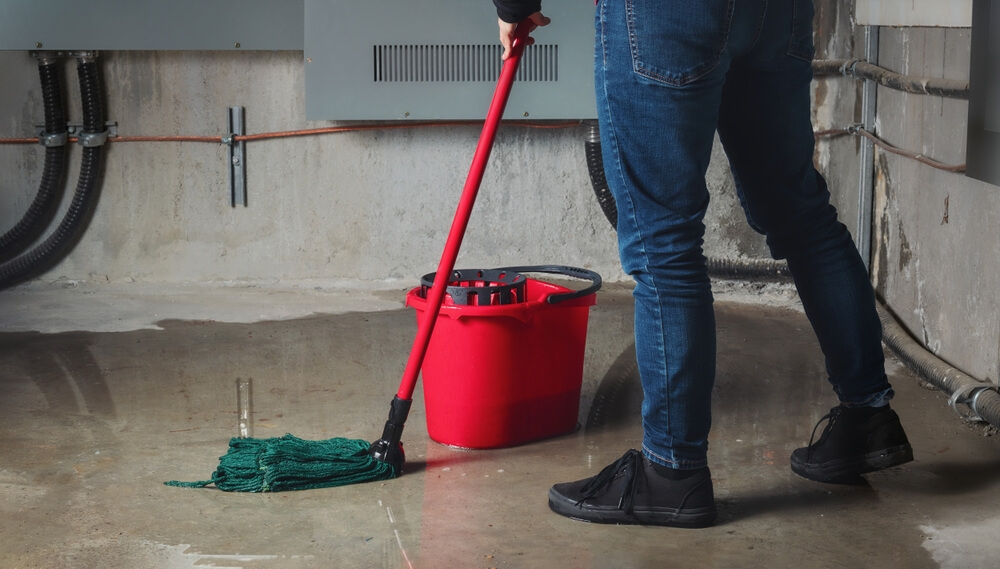
If you are not redirected within 30 seconds, please click here to continue.
Samedi: 10h – 16h HAE

If you are not redirected within 30 seconds, please click here to continue.
If you are not redirected within 30 seconds, please click here to continue.
Table of Contents
If you’re a homeowner, chances are you have home insurance. For most families, their home is their most valuable asset, so you’d be foolish not to have coverage. Although it may seem like you’re “throwing away your money” similar to rent, you’ll be thankful you’re covered in the event of a disaster. Most banks won’t approve your mortgage until you provide proof of home insurance coverage. Let’s take a look at the basics of home insurance.
Basic Coverage
The first type of home insurance is basic. Basic is your no-frills insurance coverage. Your home and worldly possessions are only covered for named perils in your policy. Although this is the cheapest home insurance, you could find yourself footing a costly home repair bill if you’re not covered in the event of a disaster. Coverage differs between insurance companies, so take the time to review the fine print before signing up.
Broad Coverage
Broad is the second type of home insurance. Broad is a bit more costly than basic but offers a lot more coverage for homeowners. Broad covers your property and most valuable possessions from most disasters.
Comprehensive Coverage
If the thought of a disaster like a flood or ice storm keeps you up at night, you might want to consider comprehensive coverage. As the name suggests, comprehensive offers a great level of protection. While basic only covers you for named perils, comprehensive looks after your home and belongings from all disasters (with the exception of those named in your policy). If you own expensive items like bicycles or jewelry, you can purchase riders for even more coverage.
What You Might Not be Coverage For
A lot of homeowners assume they’re covered in the event of a natural disaster like a flood or ice storm. Unfortunately, that often isn’t the case. Although you can buy sewer backup riders, if your basement is flooded through the windows or doors, you’re most likely out of luck. The only way you’re covered is if water backs up through your drain, sink or toilette. That’s because insurance companies don’t offer flood insurance to homeowners in Canada. It’s just too costly. In the event of a flood, your best chance for coverage is through a handout your municipality or provincial government.
Last winter we suffered the most costly ice storm in the history of Toronto. Freezing rain caused trees and power lines to buckle under the pressure. So are you covered if a tree branch comes crashing through your roof? Chances are you are. You may also be protected if the snow comes through a hole in your roof and damages your home.
Before signing up for an insurance policy, be sure to read the fine print. Home insurance can be complicated, so consider shopping with an experienced insurance broker.
Get money-saving tips in your inbox.
Stay on top of personal finance tips from our money experts!











